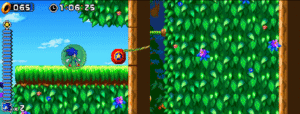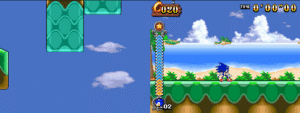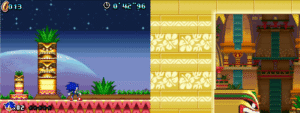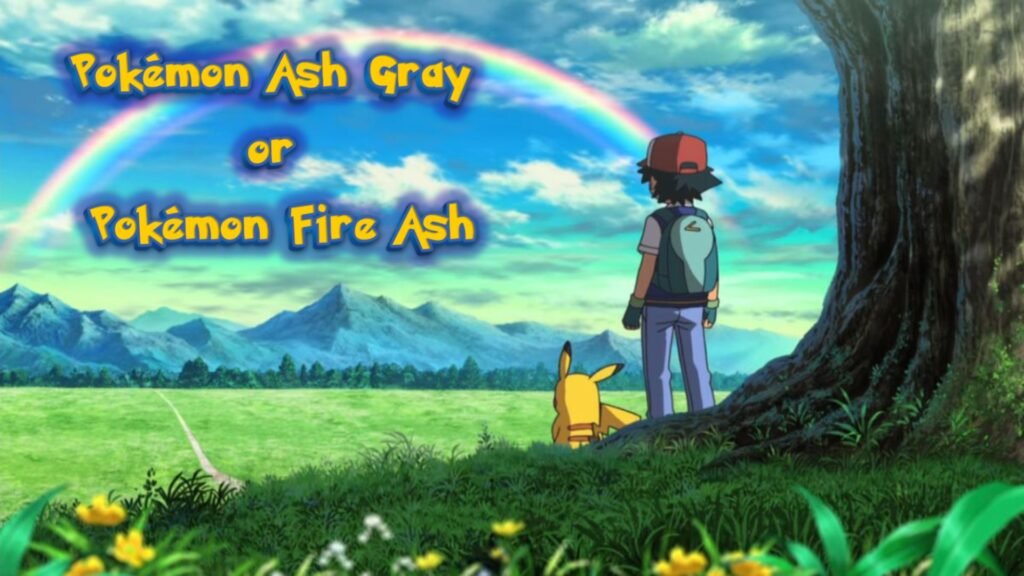The Nintendo DS era was an interesting time for Sonic. SEGA and its partners pushed out a mix of platformers, RPGs, and crossovers that still stir debate among fans today.
In this ranking of all DS Sonic games, I’ll break down what worked, what didn’t, and why certain titles are worth revisiting after all these years.
Sonic Rush
I remember how Sonic Rush set the tone for the DS years. It looked like a proper level up and made the most of the dual screens, but the difficulty curve was all over the place. Maybe I just suck at platformers, but I found the game frustrating as a kid, and returning to it for this review was no better.

Starting from Night Carnival, the game turned into a pit-fest. Altitude Limit nearly broke me, and falling into endless drops became the norm. Compared to Sonic Colors on the DS, which offers similar mechanics with far fewer bottomless pits, this one feels unnecessarily punishing.
That said, I can’t deny the bangers on the soundtrack. Hideki Naganuma’s work was stylish, funky, and perfectly suited to the fast pace. Bosses, on the other hand, dragged out fights with long invulnerability phases that tested my patience. The one shining gem? The half-pipe special stages. Easily the best special stages in all DS Sonic games, and proof that even flawed titles can nail certain mechanics.
Sonic Rush Adventure
Where Rush frustrated me, Rush Adventure redeemed itself. This game expanded the formula with a full pirate theme, ships to navigate between islands, and even a submarine. The home base system, where you could decorate your island quickly became my favorite. It gave the game personality beyond just blasting through levels.

The soundtrack is underrated, packed with hidden gems that perfectly match locations like Coral Cave, Blizzard Peaks, Sky Babylon, and Pirates Island. Level design improved drastically, with a balance between speed and challenge that Rush often lacked. Even minigames like the jet ski felt fun, and online play through Nintendo WFC was a cool novelty for its time.
Playing again years later, I found it held up surprisingly well. Materials and collectibles encouraged replaying stages, and Marine, whether you love her or not, added a quirky energy. For me, Rush Adventure stands tall as the most complete Sonic game on DS.
Sonic Colors (DS Version)
Sonic Colors on the DS carried the spirit of the console release while adding unique twists. The story is nearly the same, but the handheld version brought extra cameos like Blaze, Silver, Knuckles, Shadow, and the Chaotix, plus an entirely new final boss in the Nega-Mother Wisp.

What makes this version special is the inclusion of proper special stages. Using the touch screen to collect spheres across three rounds was both accessible and rewarding, and entering these stages only required fifty rings before the goal post. For a portable entry, this kind of design felt generous and fun.
This game is often remembered as the last great handheld Sonic. Between the cameos, solid cutscenes, and well-implemented mechanics, it delivered something fans could be proud of. It never felt like a watered-down port, but a handheld Sonic in its own right.
Spin-off and Party-Based Nintendo DS Sonic Games
Not all DS Sonic games were mainline titles and Sega was willing to experiment with everything back then.
These spin-offs, compilations, and party-based titles may break the platformer mould but they showcase our furry blue hedgehog just the same. Have a look!
Sonic Chronicles: The Dark Brotherhood
Of all DS Sonic games, this is the strangest. Developed by BioWare, Sonic Chronicles abandoned platforming for turn-based RPG mechanics. You explore worlds, recruit party members, and engage in stylus-driven combat. Ambitious, yes, but not flawless.
Critics were divided. Environments and character designs looked great, but the story was patchy and the combat grew repetitive. In my own experience, the game was slow to start but rewarding if you had patience. Marine was fun, the plot tried something new, and it was undeniably different from anything else Sonic-related.
As an experiment, it deserves respect. It didn’t reinvent RPGs, but it did prove that Sonic could be stretched into new genres, even if the execution wasn’t perfect.
Sonic Classic Collection
This one is less of a “new game” and more of a package deal. Sonic Classic Collection bundled the original Genesis titles onto the DS, giving fans portable access to the games that started it all. It’s a straightforward compilation with Sonic 1, Sonic 2, Sonic 3, and Sonic & Knuckles, plus the lock-on versions.
It doesn’t bring innovations, but it serves its purpose. If you wanted the Sonic DS library to connect back to its roots, this was the way to do it. Performance was decent, the nostalgia was intact, and it gave newer players a chance to experience the classics.
Mario & Sonic at the Olympic Games (DS)
This crossover was never about platforming brilliance. Instead, it was a mini-game collection dressed in Olympic branding. Playing as Sonic alongside Mario and friends in track, swimming, and gymnastics events was novel at first, and the stylus controls made it a fun handheld distraction.
It wasn’t deep or replay-heavy, but it was a big enough hit to justify sequels. For fans who wanted Sonic on DS in a different environment, it was worth checking out.
Mario & Sonic at the Olympic Winter Games (DS)
The winter follow-up leaned on the same formula but with snowboarding, skiing, and ice-skating events. It was charming in small bursts, though by now the novelty of seeing Sonic and Mario compete together was wearing off.
It didn’t really add much to make it feel new, but it carried the same accessible fun as the original Olympic outing.
Mario & Sonic at the London 2012 Olympic Games (DS)
By the time London 2012 arrived, the series had run its course on handheld. The events were familiar, the format predictable, and the excitement dulled. It still worked fine as a casual party game, but compared to earlier entries, it lacked freshness.
For completists, it’s worth having, but for most Sonic fans, this one falls to the bottom of the ranking.
How I Ranked the Nintendo DS Sonic Games
Ranking Nintendo DS Sonic games is never easy because the system offered such a variety of experiences. I considered gameplay mechanics, soundtrack quality, replay value, and how well each game captured Sonic’s identity.
Personal playthroughs, community discussions, and retrospective reviews also factored in, since these games have aged differently over the years.
Classic side-scrollers are judged on their level design, pacing, and how fairly they balance speed with platforming. Spinoffs like the Sonic Classic Collection and the Olympic titles are ranked based on presentation, fun factor, and overall impact on Sonic’s handheld legacy. With that in mind, let’s get into the order.
Not All DS Sonic Games Are Made Equal
Looking back, the Nintendo DS Sonic games catalog was more varied than people give it credit for. Some games leaned too heavily on difficulty spikes, while others expanded the formula with creativity and charm.
Sonic Rush Adventure remains my favorite for its variety and polish, with Sonic Colors DS close behind for nailing the console-to-handheld balance. Sonic Chronicles deserves its place as a curious but flawed experiment, and Sonic Classic Collection tied everything back to the series’ beginnings.
Spinoffs like the Olympic Games did their job as party titles but never matched the mainline experiences. That said, the DS era proved that Sonic could take risks. Whether running through sky islands, decorating a base, or fighting crocodiles in an RPG, the handheld years gave us plenty to remember.
In the end, all DS Sonic games show both the highs and lows of SEGA’s willingness to experiment. Some titles are flawed, some are underrated, but all of them reflect the variety that made the Nintendo DS legit one of Sonic’s most experimental playgrounds.

